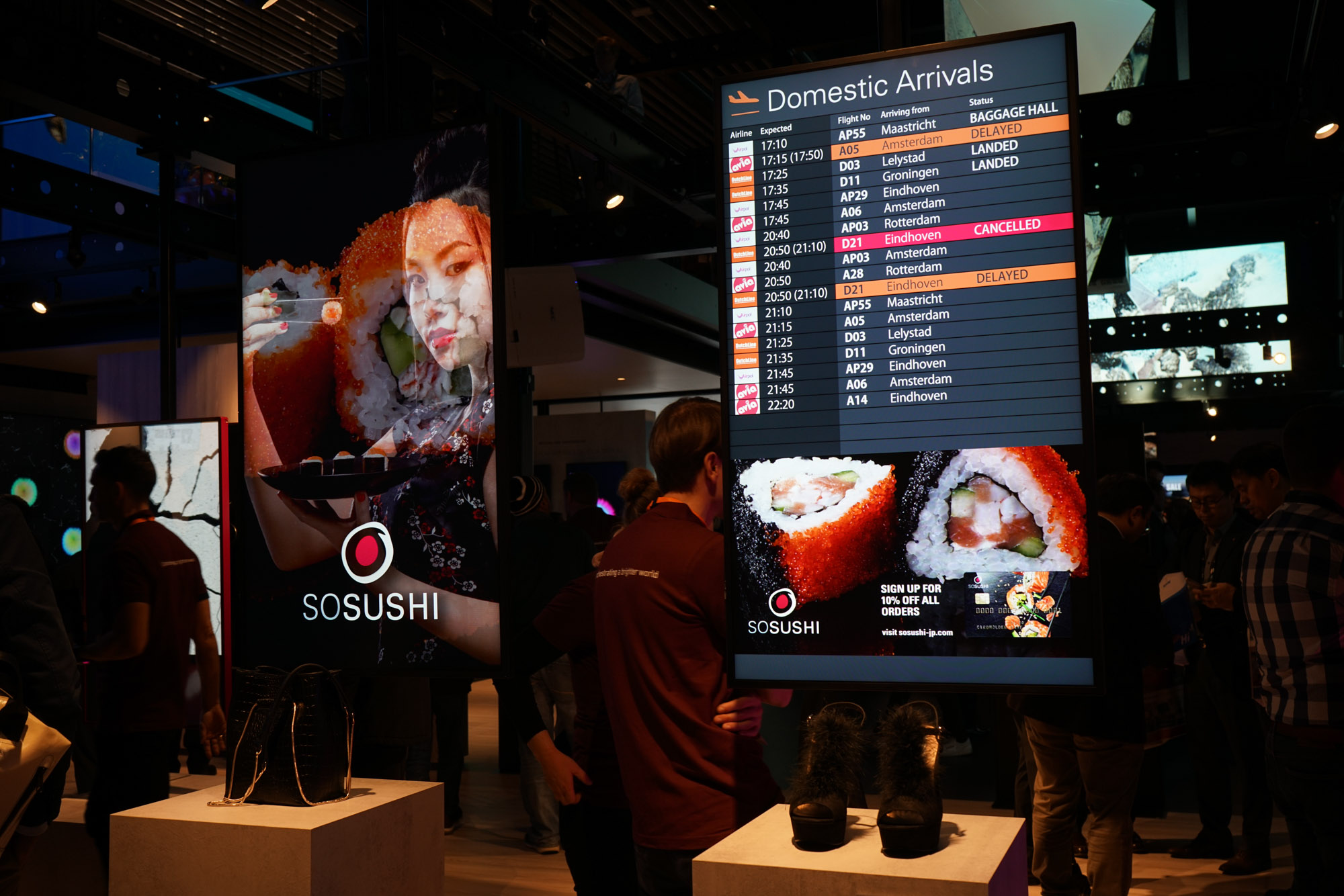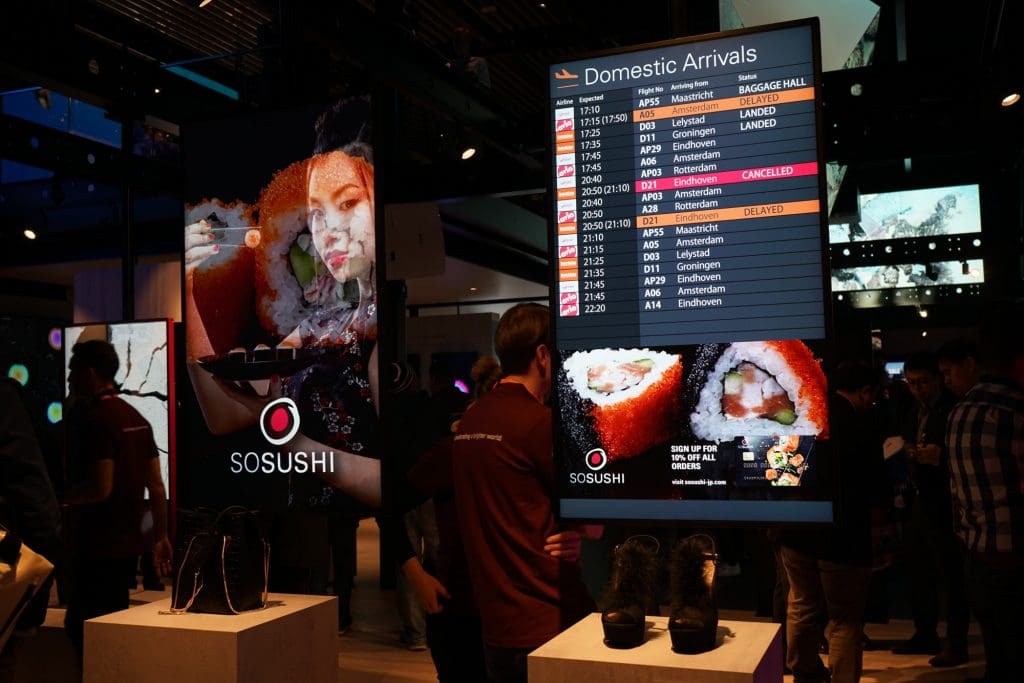When integrators ask their customers to invest big bucks in a digital signage network rollout, they need to make sure that investment is protected. The sad reality is not everyone thinks about it and too many integrators do things that compromise the physical and digital security of these networks.
In a recent CI webinar, “Developing a Strategic Plan for a Digital Signage Network,” Ken Goldberg of Real Digital Media says it’s far too common today that someone hacks digital signage networks, whether they’re at sports arenas, restaurant drive-throughs, bus stops or otherwise.
“These are expensive pieces equipment,” says Goldberg. “You can’t have a security guard but you can protect [the digital signs] from someone who’s only casually trying to vandalize it as opposed to professionally trying to vandalize it.” [related]
Integrators should incorporate some sort of protection—whether it’s Plexiglas, enclosures, cameras, bollards or pillars, he says.
Another key, says Goldberg, is to place the screens “where they’re not just visible to one person.”
“You can’t make everything rock-proof, bulletproof or brick-proof, but you can make it hard for people with bad intentions to succeed,” he says. “If they do succeed, you might just have some nice pictures to share with the authorities.”
Diversified Digital Media Group’s Jay Leedy says the company uses the same standards large financial institutions use in protecting financial exchange data when they’re installing a digital signage network. They also use third-party cloud providers to give an additional layer of security, he says.
“There’s a vested interest in risk mitigation in those services,” says Leedy. “The chain is only as good as the weakest link. Making sure all those links are checked regularly is critical.”
Perhaps the most important element when it comes to protecting digital signage networks, says NEC Display’s Richard Ventura, is buying “a product designed for a commercial-grade application. It’s really that simple. It’s about going with the right tools for the job.”
“You’re buying into a platform,” says Ventura. “You’re not buying a product. Once it has any possibility of being connected, it can be hacked.”
Ventura says integrators are too often guilty of allowing their customers to cut corners by agreeing to install cut-rate displays for them to help the customers save a few bucks.
“When you start cutting corners, you open people up to their screens being hacked, to data breaches and to their products being damaged and needing to constantly replace them,” he says.
Ventura says he remembers visiting a restaurant where a competitor’s digital signage was installed and seeing employees using the digital menu boards to play Xbox—while the restaurant was still open. Goldberg says using media players that are set up to pull information from a single source rather than push it can give users “some level of security.”
“If you do that, someone can’t just plug in a USB and start running porn,” he says. “There’s no shortcut to security. There’s a cost to doing it that way, but it’s the right way.”











